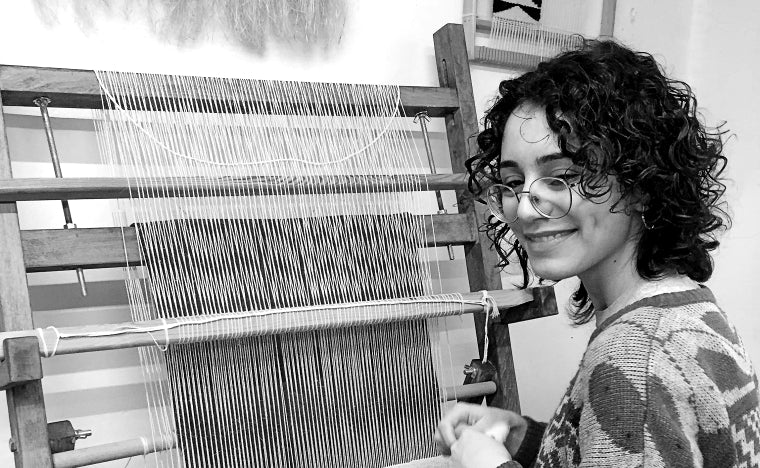
A Journey Through Time: Exploring the Rich History of Anatolian Weaving
Share
In the heart of Anatolia, amidst the rugged landscapes and ancient traditions, lies a rich tapestry of history woven into the very fabric of its culture. From the earliest civilizations to the present day, the art of weaving has played a central role in shaping Anatolia's identity and heritage. Join us on a journey through time as we delve into the captivating world of Anatolian weaving, tracing its origins, evolution, and enduring significance.
Origins of Anatolian Weaving
Anatolia, often referred to as the cradle of civilization, boasts a history spanning thousands of years. It is within this ancient land that the roots of Anatolian weaving can be found. Archaeological excavations have revealed evidence of early textile production dating back to the Neolithic period, showcasing the ingenuity and skill of Anatolian weavers long before the written word.
The Hittites, one of Anatolia's earliest known civilizations, are credited with further advancing the art of weaving during the Bronze Age. Their intricate textiles, adorned with geometric patterns and symbolic motifs, reflected not only their craftsmanship but also their cultural beliefs and societal hierarchy.
Evolution of Anatolian Weaving Techniques
Over the centuries, Anatolian weaving techniques continued to evolve, influenced by waves of migration, trade routes, and interactions with neighboring cultures. From the intricate weaves of the Byzantine era to the vibrant designs of the Seljuk Turks, each period left its mark on Anatolian textiles, contributing to a diverse and vibrant tapestry of styles.
One of the most iconic forms of Anatolian weaving is the Kilim, a flatweave rug known for its bold colors and geometric patterns. Traditionally crafted by nomadic tribes using a combination of wool and goat hair, Kilims served both functional and decorative purposes, providing warmth and beauty to tents and homes alike.
Cultural Significance of Anatolian Weaving
Beyond its aesthetic appeal, Anatolian weaving holds deep cultural significance for the people of the region. From birth to marriage and death, textiles play a central role in Anatolian rituals and ceremonies, symbolizing tradition, identity, and status. Patterns and motifs passed down through generations convey stories of love, loss, and resilience, connecting individuals to their ancestors and community.
Anatolian weaving also served as a means of economic empowerment for women, who often played a vital role in textile production. Women's cooperatives and artisan guilds preserved traditional weaving techniques while providing sustainable livelihoods for rural communities, ensuring the continued legacy of Anatolian textiles for future generations.
Modern Revival and Preservation Efforts
In recent years, there has been a renewed interest in Anatolian weaving, both domestically and internationally. Artisans and designers are rediscovering ancient techniques and incorporating them into contemporary designs, bridging the gap between past and present. Museums and cultural institutions are also playing a crucial role in preserving Anatolia's weaving heritage, safeguarding precious artifacts and sharing their stories with the world.
Louka: Honoring Tradition Through Modern Design
At Louka, we are passionate about preserving and celebrating Anatolia's rich weaving tradition. Inspired by centuries-old techniques and patterns, we collaborate with women's cooperatives and artisans to create unique and timeless pieces that honor the heritage of Anatolian weaving. From handwoven fabrics to kilims repurposed into modern bags, each Louka product tells a story of craftsmanship, culture, and creativity.
As you embark on your own journey through the world of Anatolian weaving, we invite you to explore our collection and experience the beauty of tradition reimagined for the modern age. Join us in celebrating the legacy of Anatolian textiles and support ethical fashion that honors both the past and the future.
Visit our store to discover our latest collection of handcrafted designs and bring a piece of tradition into your wardrobe today.
Through our commitment to ethical production practices and sustainable materials, we strive to not only preserve Anatolia's weaving heritage but also contribute to a more inclusive and equitable fashion industry. Thank you for joining us on this journey, and we look forward to sharing the beauty of Anatolian weaving with you.

